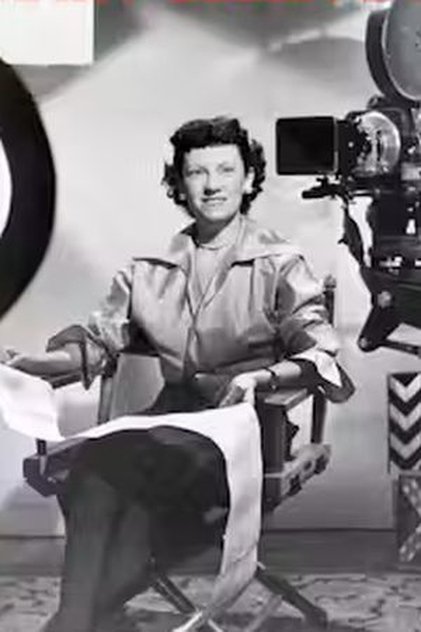
Mary Ellen Bute
A pioneer of visual music and electronic art, Mary Ellen Bute produced over a dozen short abstract animations between the 1930s to the 1950s. Set to classical music by the likes of Bach, Saint-Saens or Shostakovich, and filled with colorful forms, elegant design and sprightly, dance-like-rhythms, Bute's filmmaking is at once formally rigorous and energetically high-spirited, like a marriage of high modernism and Merrie Melodies. In the late 1940s, Lewis Jacobs observed that Bute's films were "composed upon mathematical formulae depicting in ever-changing lights and shadows, growing lines and forms, deepening colors and tones, the tumbling, racing impressions evoked by the musical accompaniment." Bute herself wrote that she sought to "bring to the eyes a combination of visual forms unfolding along with the thematic development and rhythmic cadences of music." (Ed Halter) Known for her pioneering early abstract films (some of which were screened regularly at Radio City Music Hall, New York in the 1930s), Bute made a series of Visual Music films which she called "Seeing Sound."
- Known ForDirecting
- Born21 November 1906 (age 119)
- Place of BirthHouston, Texas
Mary Ellen Bute

- Known ForDirecting
- Born21 November 1906 (age 119)
- Place of BirthHouston, Texas
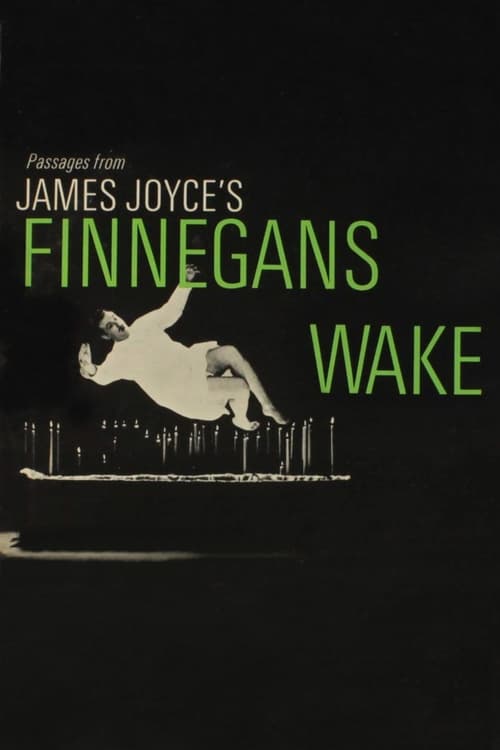
Passages from James Joyce's Finnegans Wake
1967
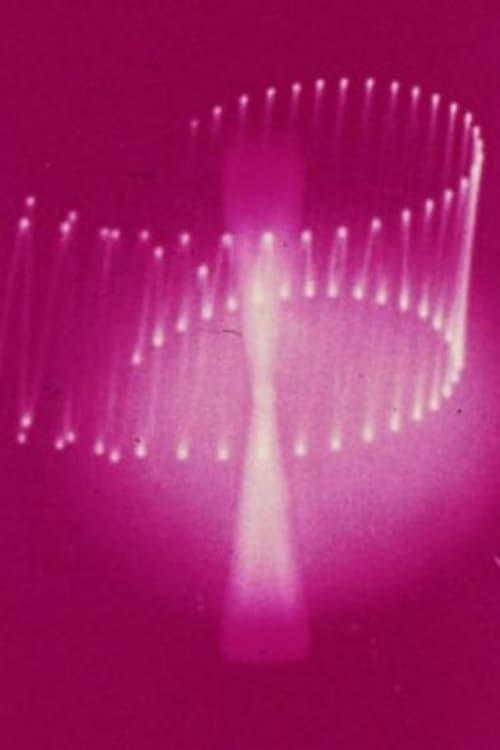
Mood Contrasts
1958
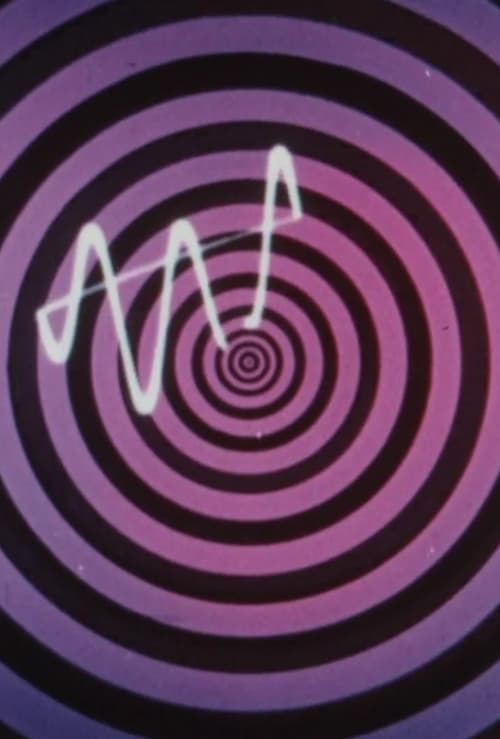
New Sensations in Sound by RCA Victor
1956
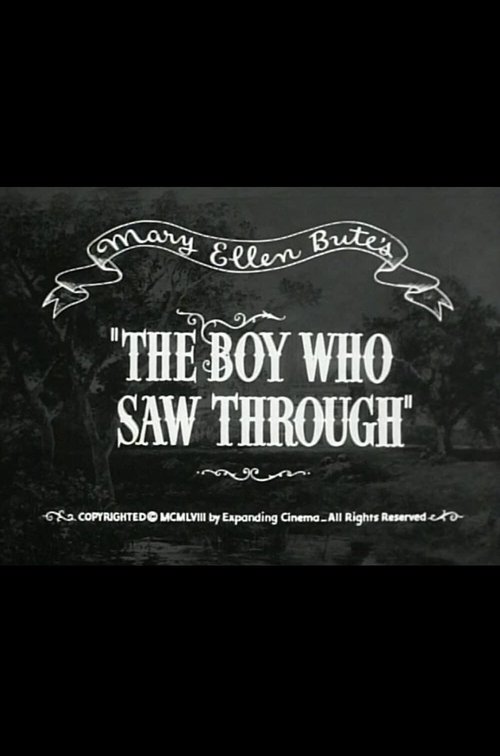
The Boy Who Saw Through
1956
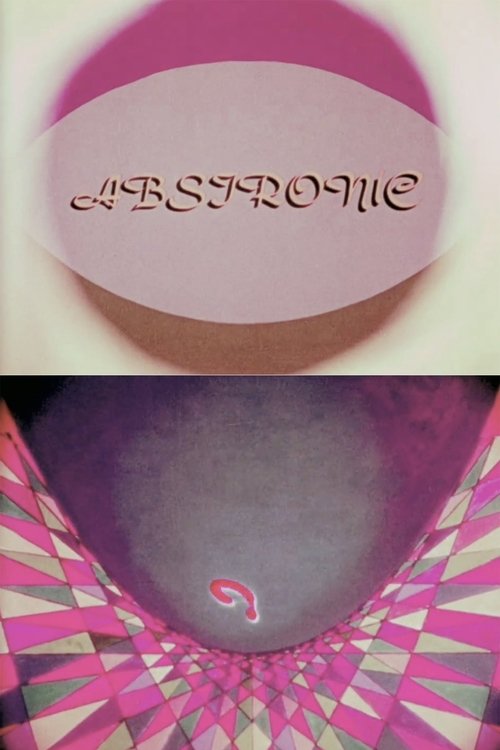
Abstronic
1952

Pastorale
1950
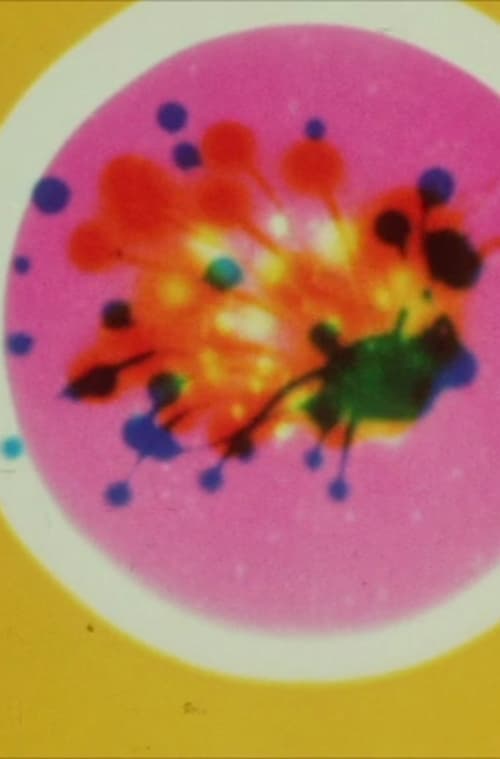
Color Rhapsodie
1948
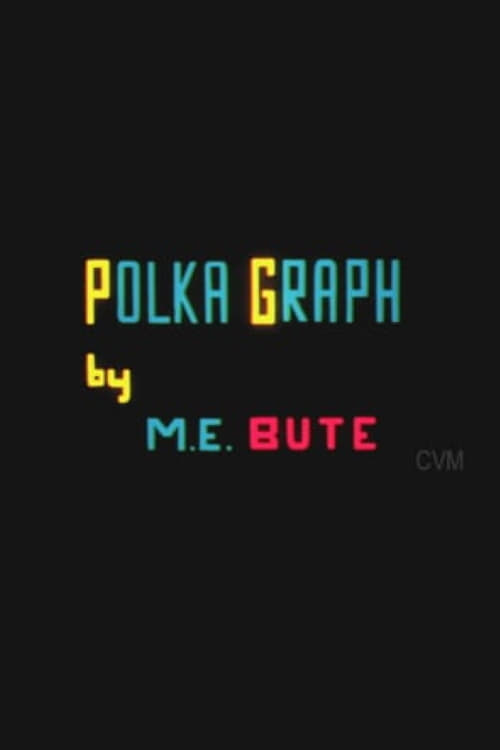
Polka Graph
1947
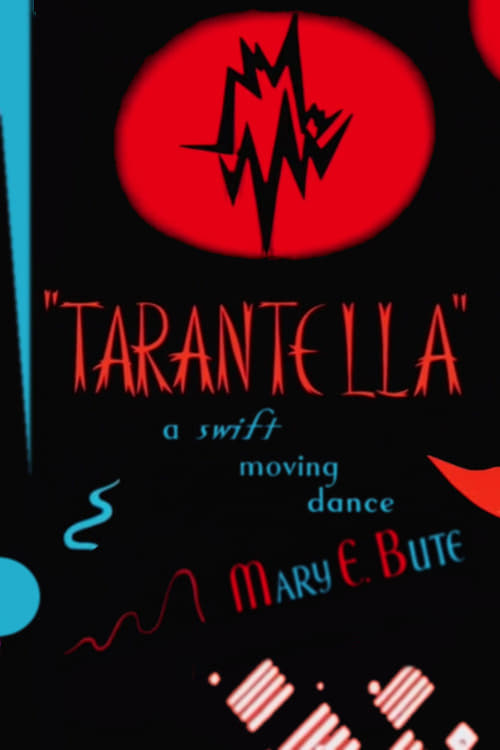
Tarantella
1940
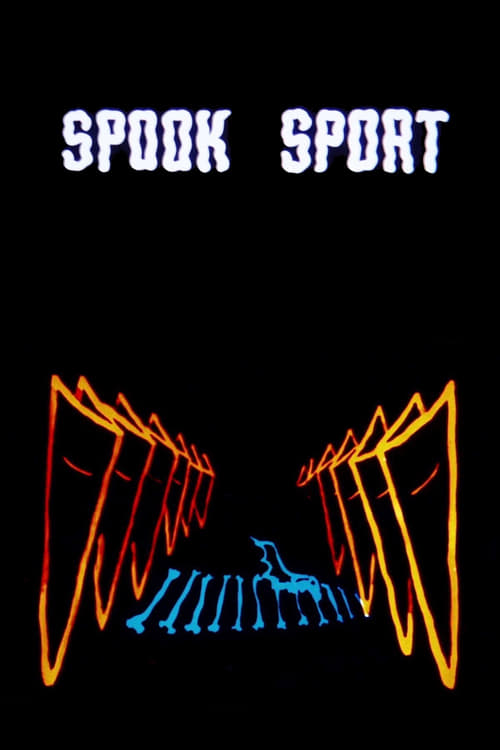
Spook Sport
1940
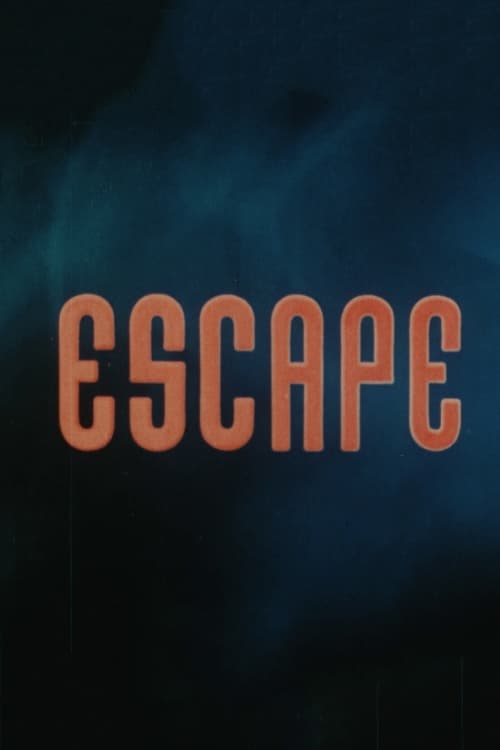
Escape (Synchronomy No. 4)
1937
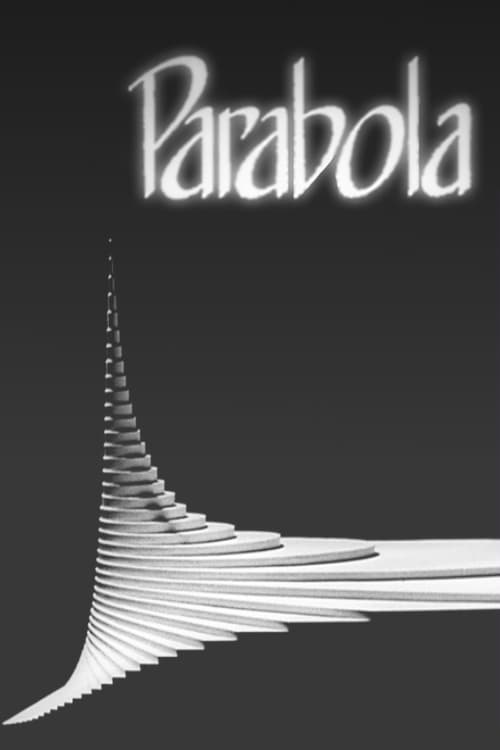
Parabola
1937

Dada
1936

Synchromy No. 2
1935
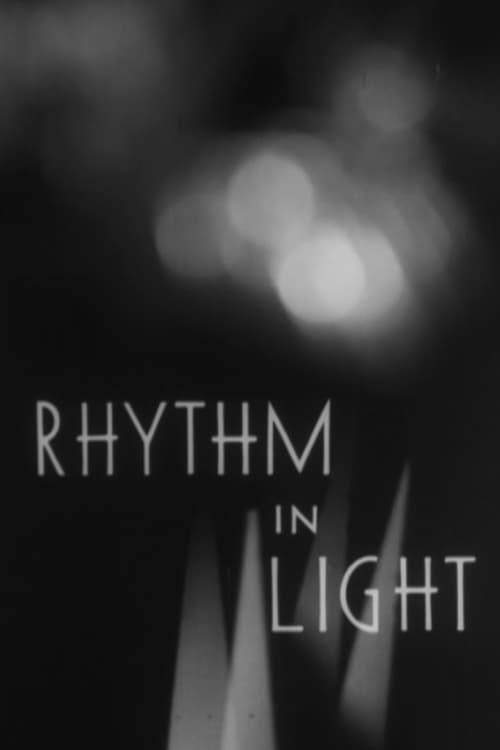
Rhythm in Light
1934







